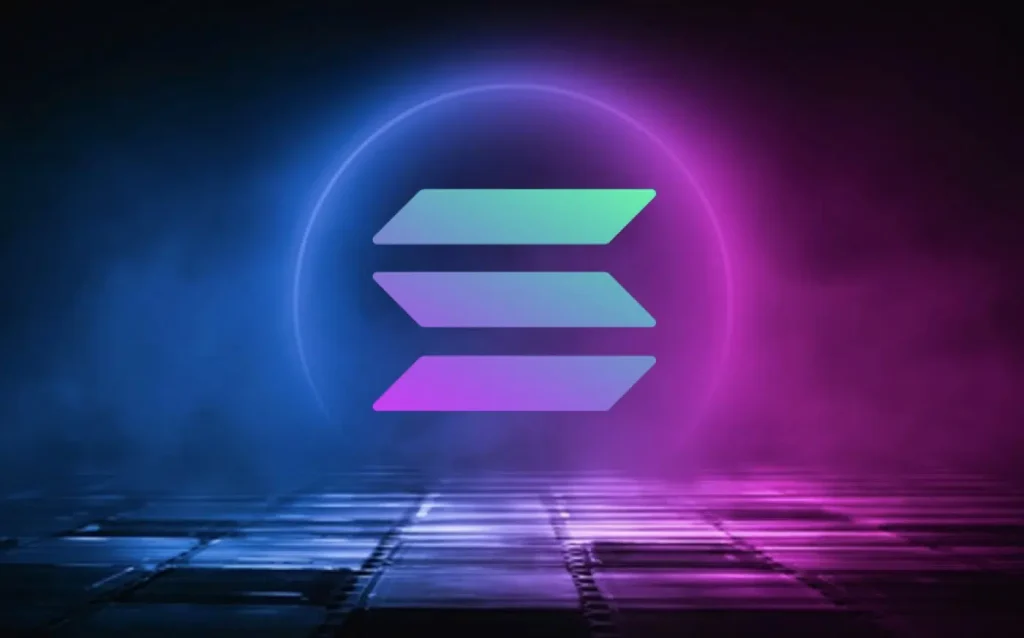The Solana (SOL) network is currently experiencing congestion, leading to potential failures or delays in users’ transactions. The root cause of the problem is the behavior of the QUIC application and the Agave validator client when processing a large number of requests on the Solana network.
Recently, blockchain networks have seen an increase in “failed” transactions. However, the term “failure” seems to cause some confusion. In a network like Solana, a failed transaction is not necessarily a negative event. In fact, a failed transaction indicates that the network is working as intended. A failed transaction is promoted as a feature designed for user protection.
Unlike many other blockchain networks, Solana transactions are not staged. Instead, transactions are sent directly to the custodians. This model is more efficient and provides faster feedback on whether the transaction should be included. According to the developers, this gives users more direct feedback than a staging model in which transactions remain inconsistent, called mempools, for indefinite periods of time.
When a transaction fails, the network protects consumers and users by verifying the terms of the transaction. In the event of a failure, conditions are checked, such as whether the owner of the transaction provided a correct signature, whether they have the necessary assets for the transaction, and whether a token exchange is available at the expected price. In other words, transaction failure is an implementation-level feature and does not affect the functioning of the protocol. A failed transaction is still processed and the transaction fee is paid.
You can also freely share your thoughts and comments about the topic in the comment section. Additionally, don’t forget to follow us on our Telegram, YouTube, and Twitter channels for the latest news and updates.


